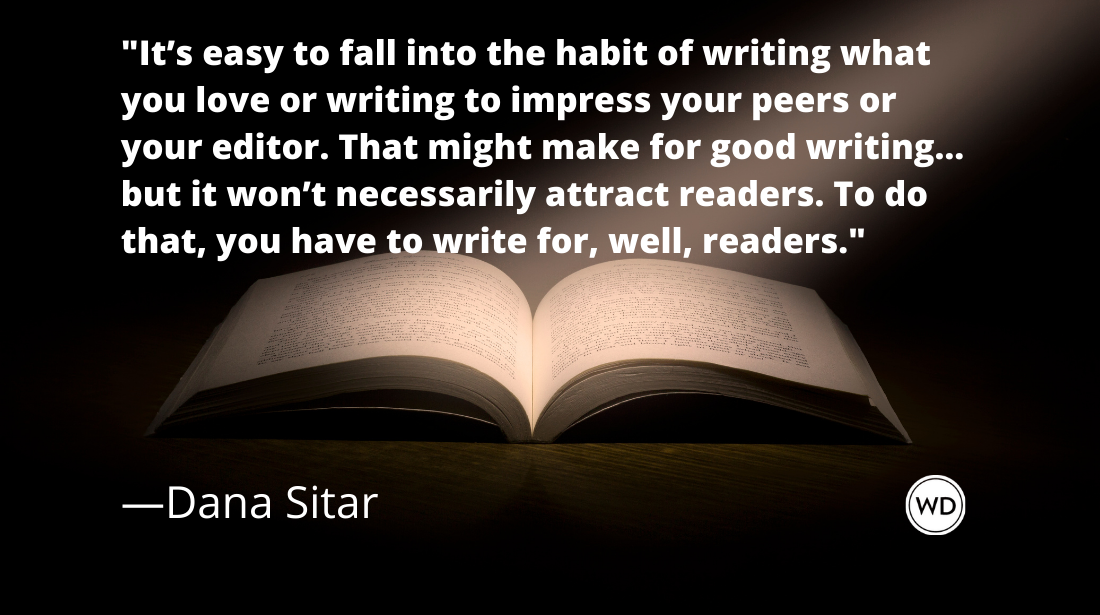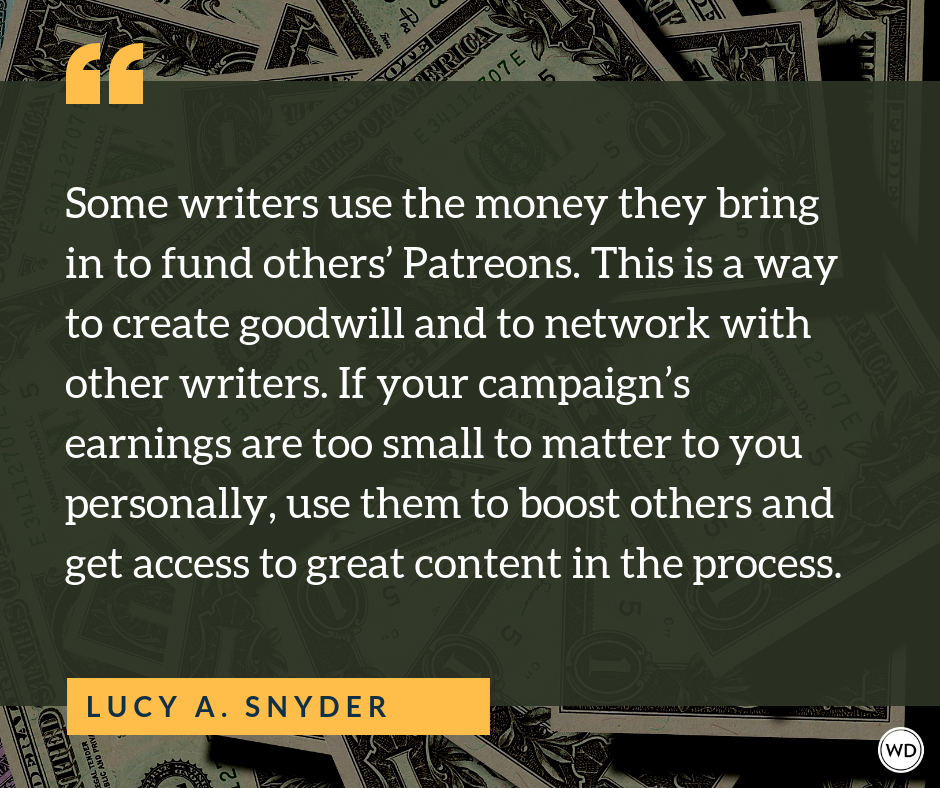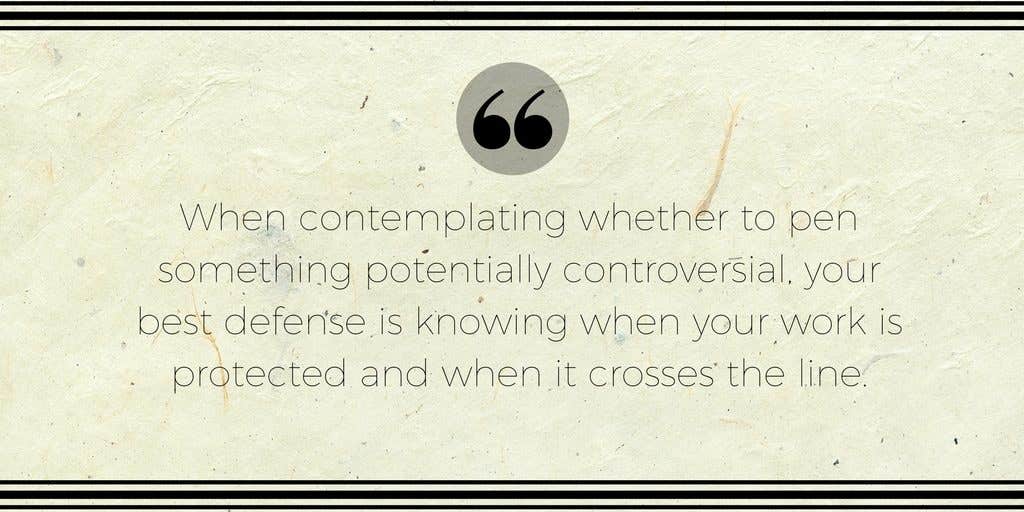The stunning blow of rejection doesn''t have to be fatal. Just as recovery from illness is dependent on the treatment and the patient''s attitude, you can survive writing rejection with the right tools and a firm resolve to recover and move ahead. Here are five remedies that will help you bounce back in no time.
Rx #1: React
It''s easy to let rejection stomp your self-esteem. Writing is an extension of who you are, so it''s difficult not to equate rejection of your writing as rejection of you as a person. Most often, however, rejection is about business. When an editor says, "Your submission doesn''t suit our needs," it''s the truth. An editor can''t accept your work simply so you can feel good about yourself. Did you do your homework before submitting? Does your submission come as close as possible to what you already see in print in the targeted publication?
You have a choice in how you react to rejection. You can be angry, defensive and boorish—or not. The best thing for your mental health is to view a rejection as a "no thank you this time" and move on.
Rx #2: Refocus
Learning to move beyond your feelings regarding rejection is critical. I rarely allow myself more than a day of rejection grief. Occasion-ally, I''m slightly relieved my query is turned down because acceptance would mean an overloaded schedule. I remind myself that the rejection is only a small corner of the big picture. Perhaps this rejection is part of a bigger plan to an even greater opportunity in the future.
As you refocus, you might want to consider asking a more experienced writer to mentor you. This person should be someone who''ll be honest with you about your work, but also someone who can encourage you when you''re down. Find a writer skilled in the craft who also has a positive outlook on life.
Rx #3: Review
Focus on what you''ve accomplished. Encourage yourself with past successes. Look over a list of your publishing credits. If you don''t have a list, make one. Gather your clips and arrange them in a binder. It''s OK to stop and take pride in what you''ve accomplished. This review may even spark a new idea or give insight into changing or expanding an existing piece and submitting it to a new market. Give yourself a pep talk as you review your work.
If you''re not yet published, pull out one of the first manuscripts you submitted and compare it with your most recently rejected submission. You should see a noticeable improvement. If you don''t see a difference, you may need to consider taking a writing course or spending some time reading writing-related books.
Rx #4: Refine
You know that nasty-tasting medicine you used to dread as a child? Usually, there was no good way to get it down except to hold your nose and swallow it. Refining your work is the nasty medicine part of writing. It means taking a critical, honest look at what you''ve written. Is it really something someone else would want to read? If you write nonfiction, does it instruct, edify or entertain? If you write fiction, is your writing compelling, interesting and logically structured? Look again for spelling and grammatical errors.
A rejection provides a good opportunity to take a step back and assess what you''ve written and why it doesn''t work for the market you targeted. Is your topic timely? If it''s a book proposal, is it a subject that''s been covered endlessly? What can you add to your proposal that will make it unique and interesting?
Consider getting help from a critique group or a professional editing service. What you''ve written may make perfect sense to you but be confusing to the average reader. It may be that your work needs only a few minor modifications to move it from mediocre to outstanding.
Rx #5: Resubmit
If you''ve received a rejection, you''re in good company. Every major U.K. publisher rejected J.K. Rowling before her first Harry Potter book was accepted. Mary Higgins Clark''s first story was rejected 40 times. John Grisham''s first novel was rejected 25 times.
All of these authors embraced one of the most important tenets of writing: persistence. Being published isn''t always about stellar writing ability as much as it''s about those who consistently churn out the work and persistently submit and resubmit. When a manuscript is rejected once, it''s not doomed. Resist the urge to pout, feel sorry for yourself or stick the manuscript in a bottom drawer and never do anything with it again. Have additional markets in mind before you submit the work the first time. Submit to the most probable market first, but hold in reserve a list of other target markets in the event of rejection.
At last, rejuvenated
Recently, I had the joy of holding a magazine in my hand that contained an article I''d written more than a year earlier. It had been rejected five times. The final version was all but unrecognizable from the original. During the article''s metamorphosis, I turned several sections into other articles, which sold. I restructured what was left and completely rewrote the beginning.
Although the refining process was frustrating at times, the final product was worth the effort. At a recent writing conference, I showed another editor the published article and asked if I could pull some ideas from it in writing an article for his publication. He pointed out what he liked, and now this multirejected article is making its way to another form and another sale. Somehow, that nasty-tasting medicine and those blows to my writing ego seem very far away.
This article appeared in the December 2003 issue of Writer''s Digest.









